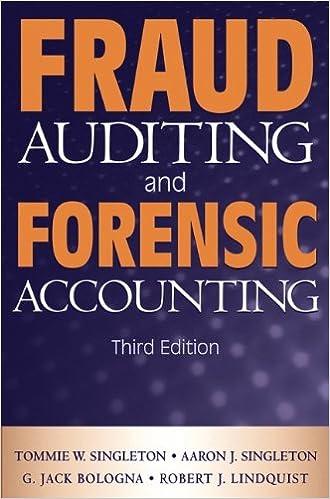
Hudson River Company, which is both a wholesaler and a retailer, purchases its inventories from various suppliers. Additional facts for Hudson's wholesale operations are as follows: 1. Hudson incurs substantial warehousing costs. 2. Hudson values inventory at the lower of cost and net realizable value. Net realizable value is below cost of the inventories. Additional facts for Hudson's retail operations are as follows: 1. Hudson determines the estimated cost of its ending inventories held for sale at retail using the retail inventory method, which approximates Tower of cost and net realizable value. 2. Hudson incurs substantial freight-in costs. 3. Hudson has net markups and net markdowns. For this discussion, your instructor has randomly created groups of 3-5 people. As is often the case in the real business world, students cannot select with whom they would like to work. Each group has a private space to share and discuss. If any of your group members drops the course, you should continue with the rest of your group members. It is understandable that it is sometimes frustrating to work as a group, but as in the real business world, you do not have the choice to make up the team of colleagues you will work with. In your group space, discuss the 4 questions below. Each member of your group must post their response to the group discussion by Wednesday at 11:59 p.m. As a group you will discuss the individual responses and come to a group consensus. Once your group has reached a consensus, the group will create a new discussion forum in their group space called "Lesson 12 Final Answer," and post your overall consensus by Sunday at 11:59 p.m. 1. Theoretically, how should Hudson account for the warehousing costs related to its wholesale inventories? Why? 2. In general, why is inventory valued at the lower of cost and net realizable value? At which amount should Hudson's wholesale inventories be reported on the balance sheet? 3. In the calculation of the cost-to-retail percentage used to determine the estimated cost of its ending retail inventories, how should Hudson treat 1. freight-in costs, 2. net markups, and 3. net markdowns? 4. Why does Hudson's retail inventory method approximate lower of average cost and net realizable value? Hudson River Company, which is both a wholesaler and a retailer, purchases its inventories from various suppliers. Additional facts for Hudson's wholesale operations are as follows: 1. Hudson incurs substantial warehousing costs. 2. Hudson values inventory at the lower of cost and net realizable value. Net realizable value is below cost of the inventories. Additional facts for Hudson's retail operations are as follows: 1. Hudson determines the estimated cost of its ending inventories held for sale at retail using the retail inventory method, which approximates Tower of cost and net realizable value. 2. Hudson incurs substantial freight-in costs. 3. Hudson has net markups and net markdowns. For this discussion, your instructor has randomly created groups of 3-5 people. As is often the case in the real business world, students cannot select with whom they would like to work. Each group has a private space to share and discuss. If any of your group members drops the course, you should continue with the rest of your group members. It is understandable that it is sometimes frustrating to work as a group, but as in the real business world, you do not have the choice to make up the team of colleagues you will work with. In your group space, discuss the 4 questions below. Each member of your group must post their response to the group discussion by Wednesday at 11:59 p.m. As a group you will discuss the individual responses and come to a group consensus. Once your group has reached a consensus, the group will create a new discussion forum in their group space called "Lesson 12 Final Answer," and post your overall consensus by Sunday at 11:59 p.m. 1. Theoretically, how should Hudson account for the warehousing costs related to its wholesale inventories? Why? 2. In general, why is inventory valued at the lower of cost and net realizable value? At which amount should Hudson's wholesale inventories be reported on the balance sheet? 3. In the calculation of the cost-to-retail percentage used to determine the estimated cost of its ending retail inventories, how should Hudson treat 1. freight-in costs, 2. net markups, and 3. net markdowns? 4. Why does Hudson's retail inventory method approximate lower of average cost and net realizable value







